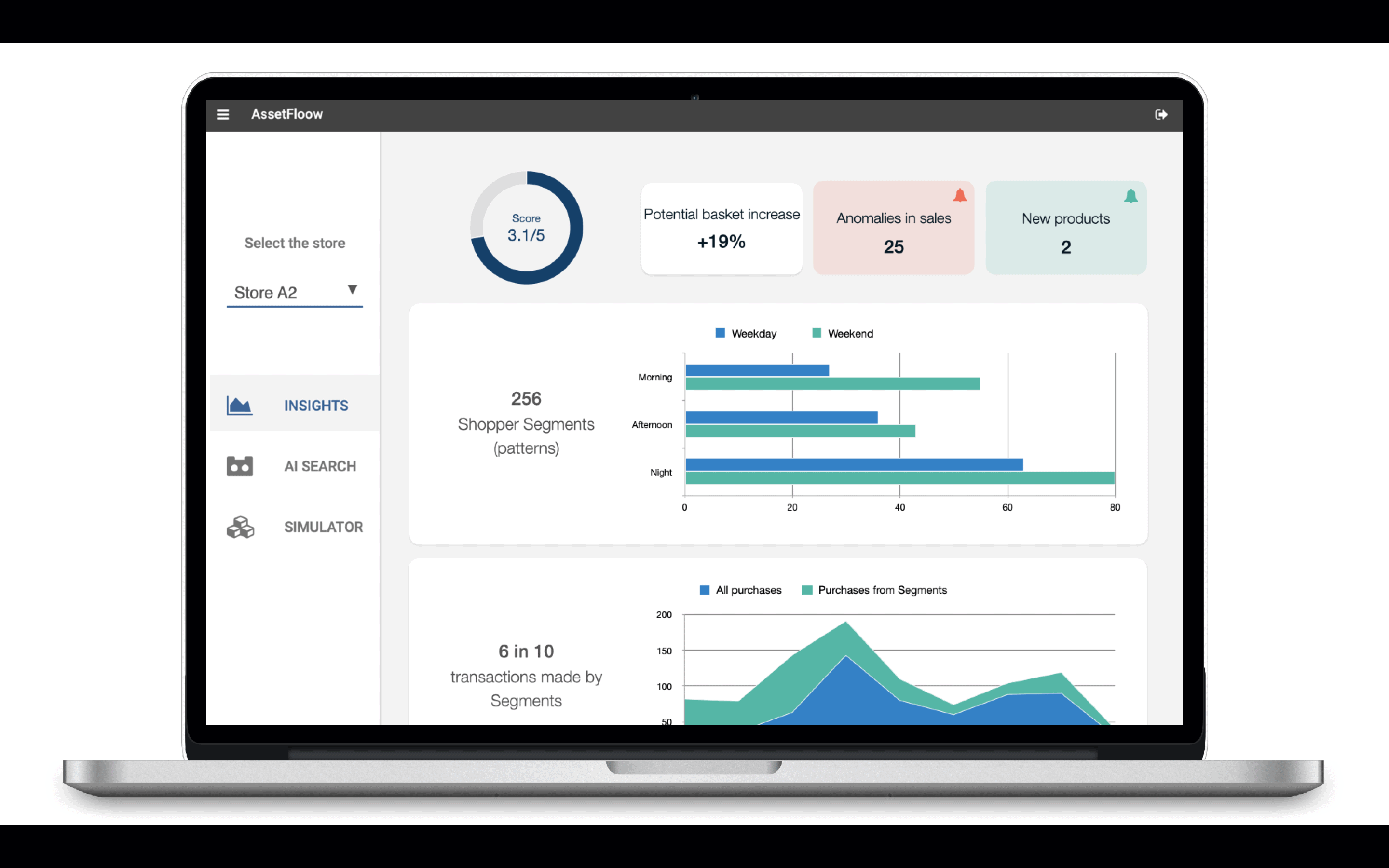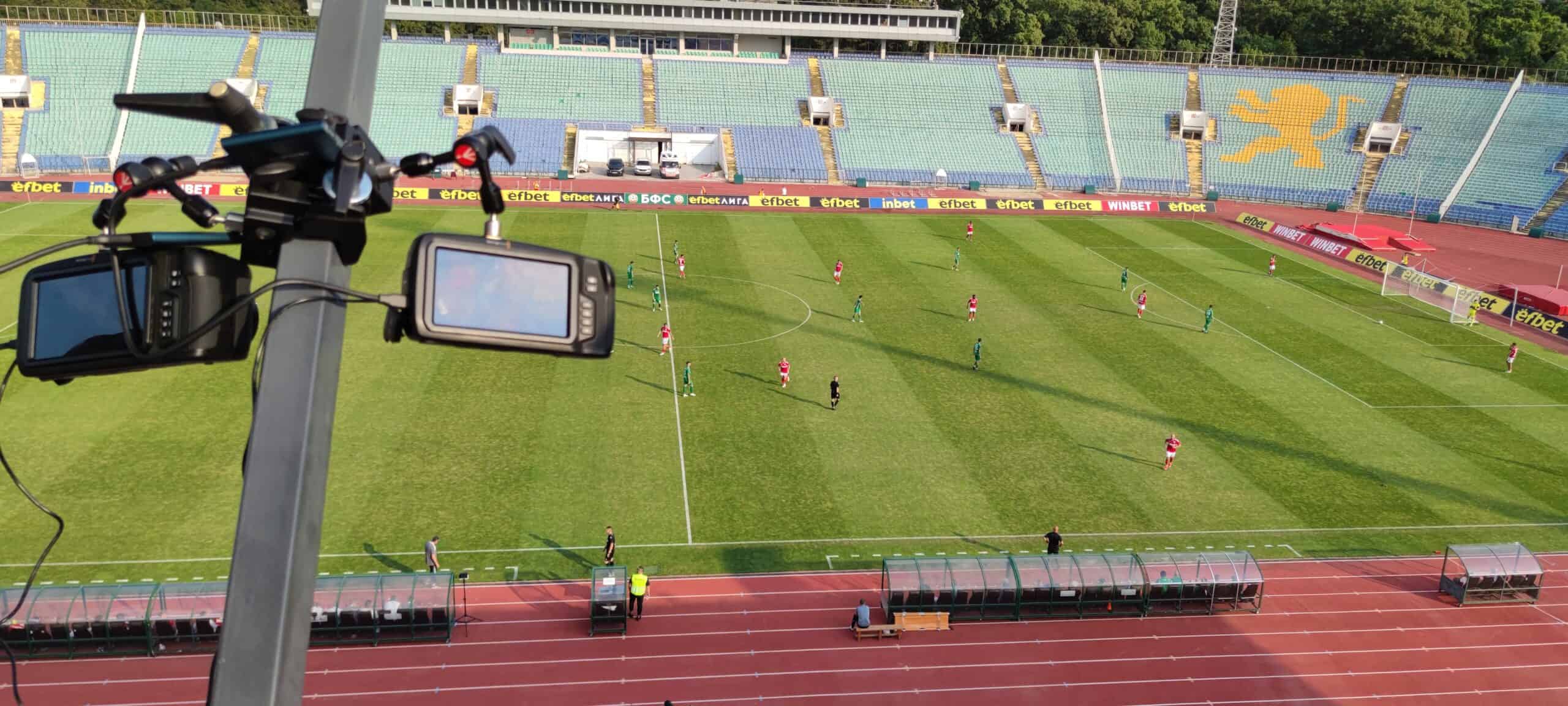
About AssetFloow
- Founders: Katya Ivanova and Ricardo Santos
- Founded in: 2021
- Employees: 5
- Money raised: 100,000 euros (2021)
- Ultimate goal: Become a European benchmark in terms of behavioral analysis of people inside closed spaces.
When the layout of your favorite store changes all of a sudden, have you ever wondered what motivated that change? Start-up AssetFloow, from Lisbon, Portugal, uses artificial intelligence to analyze customer behavior and provides insights that help those changes to potentially increase sales. The company’s co-founder, Katya Ivanova, explained AssetFloow’s methods and secrets for today’s Start-up of the Day.
How did you come up with the idea for the start-up?
“Since my co-founder and I had experience in retail, we started debating on how to solve one of the biggest problems in that sector: analyzing consumers’ behavior inside stores. My co-founder had a video analytics company, and we tried to make use of that model. However, it has been shown to be non-sustainable in large-scale stores that have several branches. Then, we decided to combine the sales and the store mapping data on our analytics software to gain insights and suggestions to boost sales.”
How did the process of developing the technology for your business go?
“The AssetFloow artificial intelligence software focuses on behavioral analysis. It manages to analyze and optimize customer tracking inside a store. Then it analyzes customers’ behavior, yielding insights that might enrich their experience at the store and increase sales. We developed an algorithm called Behavioral AI, which is our intellectual property.”

Which tools can your clients use on the platform?
“We have distinct analytics, such as segmentation, customer tracking, anomaly detectors, and others. It is an easy-to-use platform, with a dashboard that gives an outline of the store’s performance and, from that, measures that cab be taken. We also have tools such as simulations, which allowing the salesperson to test those measures and get prognostic results before implementing them in actual practice. And an optimizer that will suggest the best layout for that particular store.”
Can you give some examples of certain aspects that the Behavioral AI analyzes?
“The first step is analyzing the sales data and combining it with the store’s layout, which is essential. From that data, the software will classify purchase patterns to extract specific segments which take the customers-per-store ratio into account. So each store is treated like an individual because each has its own particular and unique type of customers. Once we have that segmentation sorted out, we extract relevant information, for example, the amount of time it took for a client to pick a particular product.”

Which problems did you have to overcome?
“Initially, one of the problems was assembling a team, which required a lot of investment. Also, with regards to our technology, gaining the trust of shop owners was hard in the beginning. There was some reluctance when we said we could do the customer tracking without the camera sensors that are typically used. But in the end, we did win their trust.”
Was it hard to get financial support and recognition?
“At the end of 2020, we competed against two hundred teams that use camera sensors, while we use AI. But, we won. That was the first proof that our technology can compete with other companies. My background and networks helped during that recognition process, and we started attracting our first customers in Europe and even in Brazil. In October 2021, we secured our first round of investment, which allowed us to hire more technical experts.”







